The Article
STEREO BEATLES – WHICH VINYL?
23rd January 2016
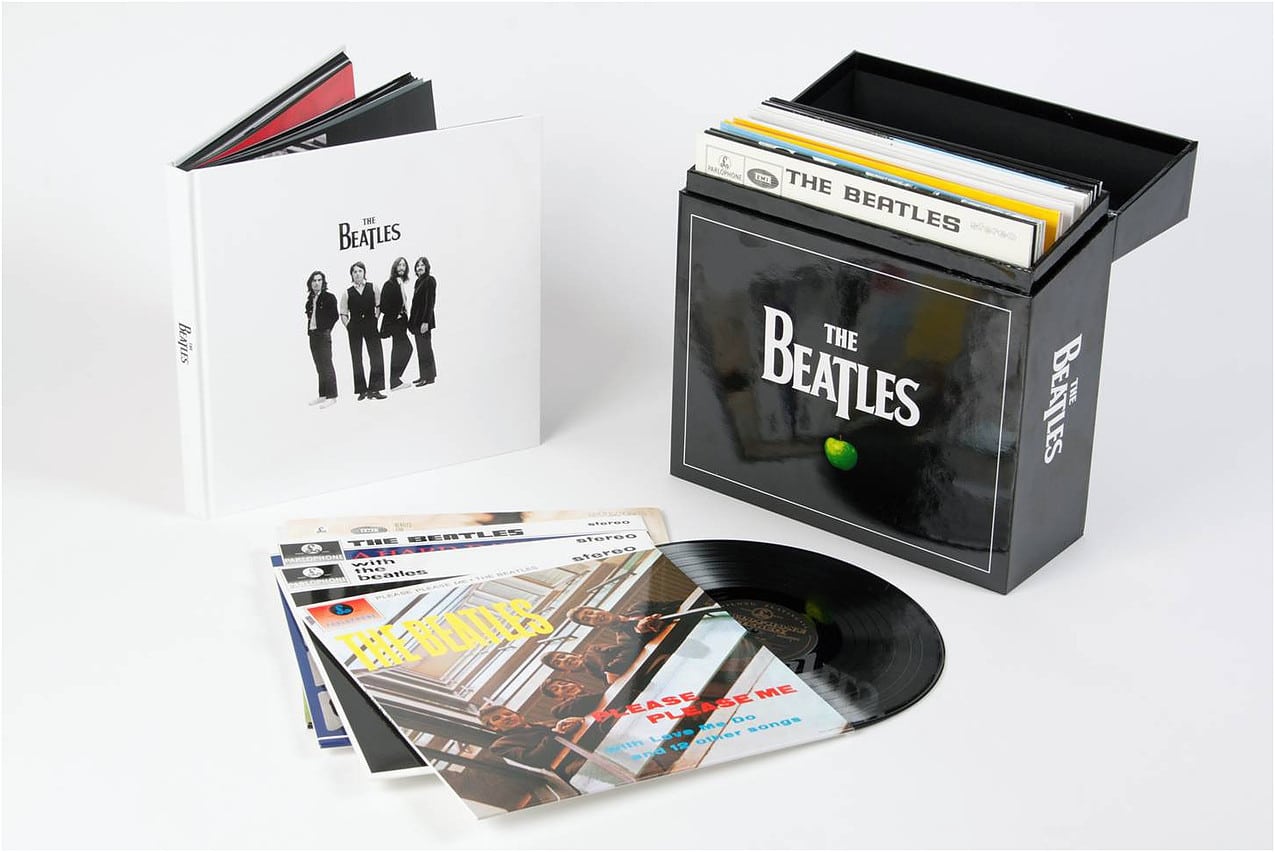
The Beatles are finally emerging onto streaming services but, if you want quality stereo Beatles recordings, vinyl is surely your option. But which pressing is best? The latest Abbey Road suite of pressings or older, more collectable, releases? Paul Rigby talks to Abbey Road about the latest pressings and undertakes detailed A-B comparisons with older releases to get to the sonic truth
The last time The Beatles catalogue officially appeared, newly remastered, on vinyl was back in 1978 with an additional Mobile Fidelity box set released later in 1982. Since that time, we have waited for a new, updated, version to appear. During mid-2013, that finally happened as individual LP releases and a magnificent box set.
The latest 2013 set itself features original stereo mixes for all of the Beatles albums, from Please Please Me to Let It Be, including Magical Mystery Tour and Past Masters 1 & 2, pressed on 180gm vinyl and present in thick card sleeves along with, in the box set, a magnificent, 253-page hardback book detailing every album and showing superb production standards with lots of spot gloss work on thick paper. The contents of the box set are contained within a sturdy, flip-top box with an outer card sleeve encasing the box.
Abbey Road mastering engineer, Sean Magee, worked on this vinyl set for almost four years. The first issue regards the source. Has the vinyl been sourced from the original master tapes? Apparently not.
“We couldn’t really,” said Magee. “We have all the cutting notes left by Harry Moss (the original cutting engineer for The Beatles’ recording output) but we don’t have the same equipment. We could kind of recreate the analogue chain and kind of recreate what Harry Moss did to get that sound but it wouldn’t be the same.”
Another reason has been the demands of Apple: that amalgamation of the remaining Beatles plus the estates of the rest. Apple want any Beatles recordings to have a particular ‘sound’, a traditional presentation based upon the original recordings which, to some extent, constrained the mastering engineers at Abbey Road. To get the required sound required a considerable amount of EQ (Equalisation: boosting or reducing the levels of different frequencies in a signal), “To physically do this in real time whilst cutting from the original analogue masters would have been almost impossible to do,” said Magee.
The approved EQ shouldn’t be taken lightly, either. It took four and a half years to create it, prior to the release of the CD box sets in 2009.
Instead, therefore, the vinyl has been remastered from digital sources. These were created, before the CD box sets were released, at a rate of 24bit/192kHz. Magee found, however, that even those files were going to be a problem when remastering the stereo vinyl because of the EQ requirements. More than that, on the earlier albums, the primitive stereo processing placed vocals on one channel and instruments on the other which meant that, “There are different EQs on the left than there is on the right because the content is different on either side. Sorting all of these EQs, track by track, whilst cutting would be impossible. Also, you cannot do separate jobs at 192kHz. You can’t de-click, then EQ and so on. You have to do the lot while cutting. There isn’t the equipment at 192 to do that. Not easily, at any rate. The practicality and time of even doing that process at 24bit/96kHz would have taken about a year. You’d also need a lot of double checking.”
It so happened that the complex EQ applications had already been done for the CD version, “To use the 192kHz sources now would have entailed recreating the EQ source that we did at 24bit/44.1kHz, which wasn’t viable.”
So the decision was made, therefore, to master the vinyl at 24bit/44.1kHz. I can hear the sound of fainting audiophiles across the land.
Despite the extra time that a 24bit/192kHz or even a 24bit/96kHz master would have taken to create there was, according to Magee, no real deadline for this project. So the impetus for using the 44.1kHz files was? “I was told to use these 24bits, so that’s what we used, it was the most practical.”
Practical? Because of the cutter head, according to Magee, “It has a limited frequency response and cuts off at 24kHz. There is nothing above that. As a cutting engineer, anything of significance level above 16kHz is dangerous, you don’t want that going to your cutter head because it gets very hot and can destroy it. It wouldn’t have mattered if the signal had gone to 192kHz or 96kHz, it wouldn’t have been on the record because you can’t cut it, you can’t hear it and I wouldn’t want it there anyway because a stray signal at 60kHz would destroy the lathe head. The most important part of the figure is the 24bit but not the 96kHz or 192kHz because the cutter head won’t even cut that content up to 48kHz.”
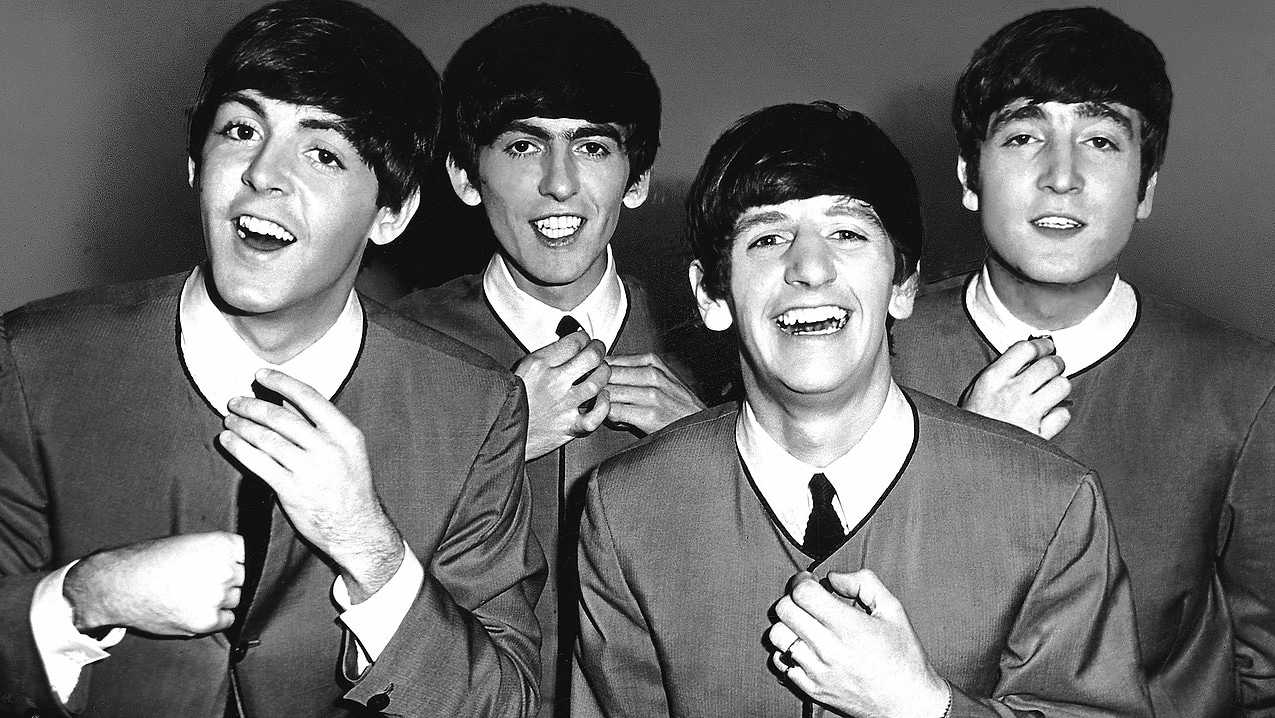
A group portrait of the Beatles, straightening their ties, backstage at the Odeon Cinema in Luton on 6th September 1963. (L-R) Paul McCartney, George Harrison, Ringo Starr, John Lennon. (Photo by Tom Hanley/Redferns)
According to Magee, you’re far better having a decent ADC (Analogue-to-Digital Convertor, a high-specification Prism, in Abbey Road’s case) and a clean 24bit signal to capture all of those extra sonic highs, “The reason 24bit is important is because, in 16bit audio CD play, when you get down to indus 50Hz something then you start getting quantisation. The signal can’t make up its mind whether it’s a one or a zero. You end up with a buzzy sound. At 24bit, you get no perceivable noise.”
Audiophiles will be happy to hear that no compression has been added to the vinyl masters while a decision to use DMM cutting process to enhance extra detail on the inner groove was rejected by Apple in favour of the warmer sound of lacquers. The only processing done was a series of precise and targeted removal of sibilance which, with CEDAR Retouch software, is almost surgical in its accuracy and doesn’t affect adjacent frequencies as older systems do and did.
On other points of note, the contentious George Martin 1986 stereo mixes for Help! and Rubber Soul that surfaced in the CD version of the Stereo box set have also appeared within this vinyl box set. The original stereo mixes can currently be found within the CD Mono box set.
SOUND QUALITY
Testing was undertaken over three generations of stereo pressings. I selected an original copy of With The Beatles (1963) which I proposed to test with the 1978, UK version of the EMI box set reissue (better sounding than the comparable USA and Australian versions and sourced direct from the master tapes) and the new 2012 copy. The original pressing of Magical Mystery Tour (1967) was compared directly with the new version while I also decided to undertake a more considered test with the 1978 and 2012 versions of Abbey Road (1969).
I wanted to also throw in a copy of the Mobile Fidelity pressings for this test, released in 1982, but this proved impossible to source in the time while purchasing one would have meant not eating for the next year or so, such is the high price of this set. This was why I used the official 1978 masters box set which does allow me to sample the official master tape-derived masters from a similar time period. In addition, if you want to sample vinyl masteres from this period, the ‘Blue Box’ masters can be yours for a much lower (although still relatively high) price.
Starting With The Beatles and It Won’t Be Long, the 1978 reissue offered more detail than the original. For the first time, you could hear that Lennon’s voice was double tracked while the bass had far more resonance and body. Drums played a big part in the mix with bountiful separation in between cymbal strikes. The downside was the compression that dominated both record versions. Every frequency suffered from a brightness that compromised the sonic improvements of the 1978 version.
Moving to the new release, the 2012 version offered a much quieter cut: gain had to be upped a few notches to achieve the same volume. Even though there was no compression on these pressings the nature of the EQ – an Apple stipulation – meant that the vocals sounded slightly restricted. This was partly down to the early stereo mix which constricted the song, making it rather claustrophobic. Even so, Lennon’s double-tracked vocals were pleasingly resonant. Similarly, the backing harmonies were far more recognisable with a separation from the lead that just wasn’t present on the original pressing and was less noticeable on the 1978 version due to the compression. For the 2012 version, instrumentally, the track was a triumph, despite the claustrophobic squeezing effect. The drums were more at ease, exhibiting a flair and nonchalance that Starr was known for while the new master revealed Harrison’s attacking guitar style.
Comparing the new version of Magical Mystery Tour and the original, there really was no contest. The 2012 version offered more soundstage structure within the limited boundaries of the rather naive stereo mix. It also clarified the upper mids, adding separation to the harmonic and double tracked vocals and making each vocal part more recognisable to the ear. The essential brass accompaniment, which is an iconic section of this famous track, could be heard properly for the first time. Each instrument had personality and less bloom while the secondary percussion that was masked by compression on the original could now be discerned. McCartney’s bass was prominent too while drums bathed in a clarity that was sadly lacking within the original.
Moving to Abbey Road’s Here Comes The Sun, I must say that I feared for the new version after listening to the 1978 cut. The latter is an excellent version, one of the highlights of that entire box set, in fact. The detail extraction was of a high order while the soundstage was wide and the upper mids were tonally accurate with a deftness of presentation along with a 3D stereo image and an attractive instrumental separation.
Quite incredibly, the new 2012 version blew the 1978 master away. The right/left transition at the beginning of the track was strong and secure, while the organ effect on the left channel was more noticeable. The instrumental separation was not only superior but, once separated, each instrument was spotlighted and enhanced. Detail on this track was quite magnificent with tonally correct hand claps. The acoustic guitar had a rich textural quality that effectively exhibited the strumming attack while percussive bass was solid and provided a firm foundation for the track. What was most surprising was the performance and importance of the Moog which had a dominating effect on the new master, broadening the track and adding complexity to the arrangement while adding welcome contrast with the other rhythmic elements.
CONCUSION
A number of points raised their heads during this test. Firstly, the original masters are almost unlistenable, in audiophile terms. Aimed at the Dansette generation, compression and brightness was the order of the day back then.
Another point of interest is that a mastering engineer’s client can have a significant effect on the final product. If Apple was not so set on retaining the original EQ, I think that the Abbey Road engineers would have produced an even better sounding suite of albums. But then, we wouldn’t be listening to The Beatles as we know them. For the audiophile, is that a bad thing? You decide.
What will be shocking to some, however, is the realisation that the source is not the be all and end all for a good quality vinyl cut. That is demonstrable within this sound test. Both the original issue and the 1978 master utilised the original master tapes but both were significantly inferior to the new pressings which uses ‘mere’ 24bit/44.1kHz digital files as its source. These tests prove that the critical variable is a human one: the mastering engineer. Mastering engineers can make a pig’s ear out of a superb source, this has been proved throughout the history of music. Similarly, a brilliant mastering engineer can pull rabbits out of hats. Despite the technologies involved, humanistic qualities of ‘intuition’, ‘feel’, ‘awareness’ and ‘insight’ cannot be taught or found in an index of any mastering manual yet, without these qualities, the engineer will never find success. To that end and for this box set, the Abbey Road engineers should be lionised
MONO PRIORITY
“The Beatles were recorded onto multi-track tapes,” said Magee. “The vocals and the band were recorded on separate channels so that they could combine them together to have complete control of the levels so that they could create the ideal mono mix and, later a stereo mix. In a typical session of, say, four hours, they would spend three hours on the mono mixing and then lay out the stereo mix in the final hour.”
As you can see, the mono mixes, for those early albums, were the most important. After all, mono was how most Beatles fans were listening to their music. There are plenty of minor differences between the mono and stereo mixes which can be spotted by the fan: a few extra seconds of music here, a different sound effect there. Generally speaking, more care and attention was placed upon the mono mixes for the early albums.
On a final, related note, you will also find one or two mono tracks within the stereo LP box set. Why? “It’s possible that the stereo tapes for those tracks went missing,” suggested Magee.

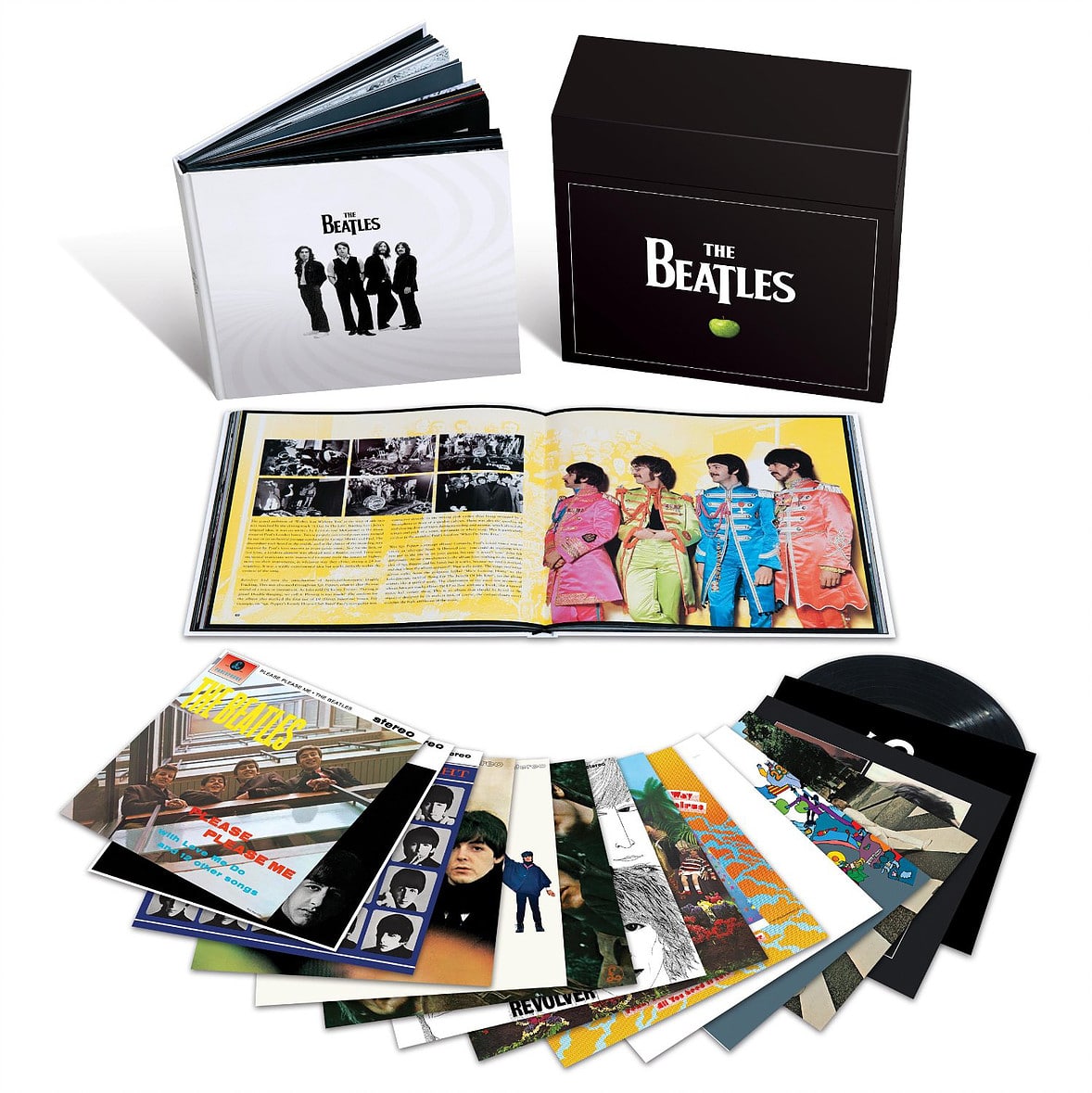
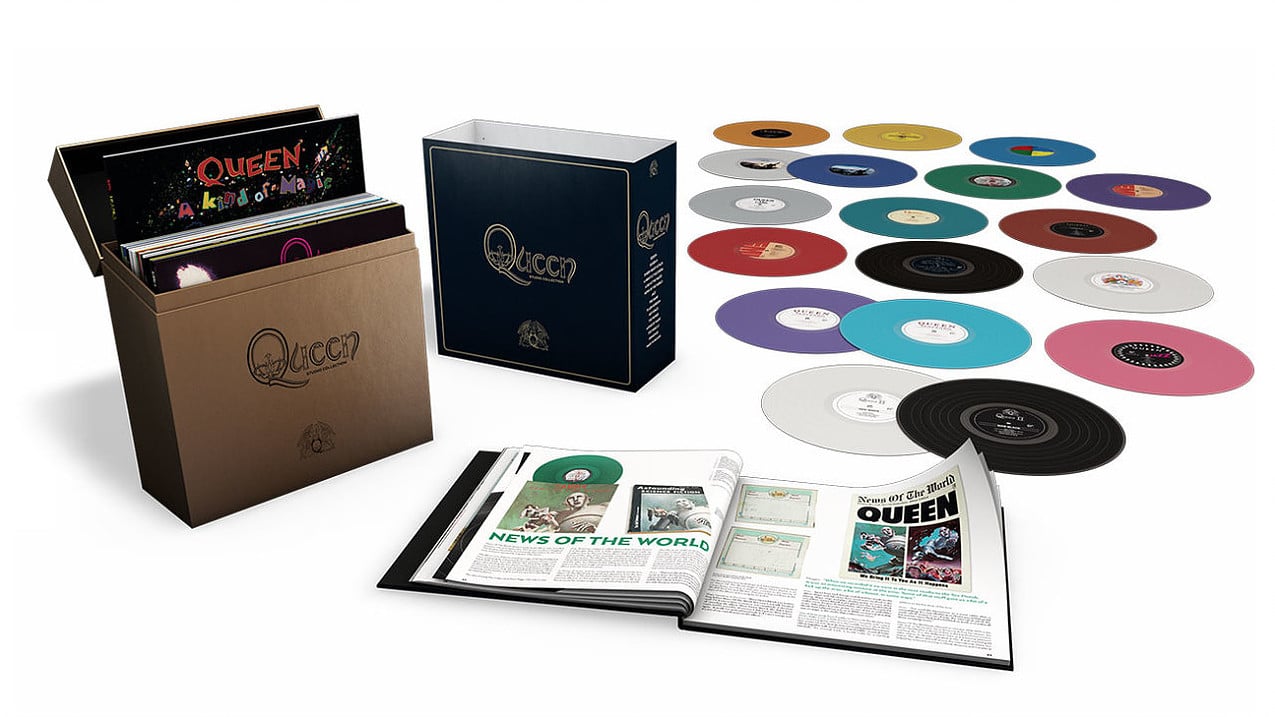
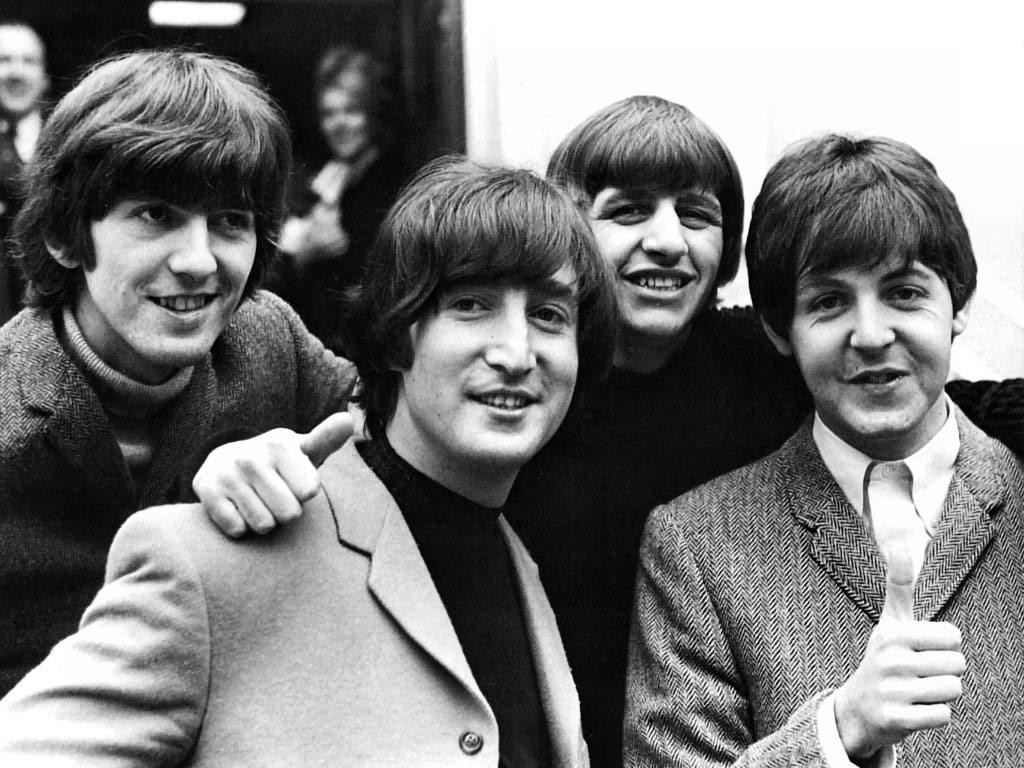
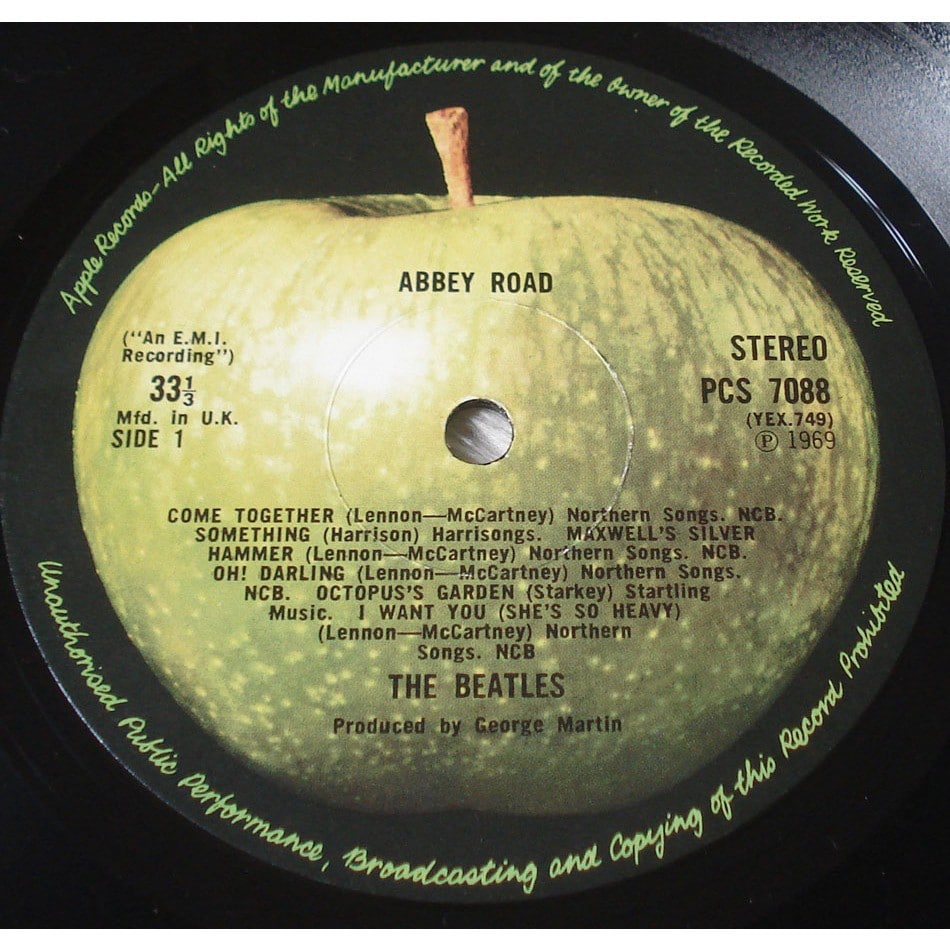


Very interesting. I have three Abbey Road LPs in my collection: the original UK pressing from 1969, the Capitol ‘orange label’ pressing, and the 2012 remastered pressing sourced from the 24 bit/44.1 kHz. To my ears, the original pressing sounds superior to any other pressing I’ve ever heard. The Capitol ‘orange label’ sounds quite good, except for the way too boomy bass.
The 2012 remaster sounds shockingly bad to my ears. I kept scratching my head when I read your description of the sound quality of that LP. You seem to hear exactly the details that I find missing on that reissue. On my copy, the sparkle is gone, it sounds dark, murky, muddy and lifeless. Absolutely disappointing.
Alex – life would be boring if we all retained the same opinions and views on hi-fi and music and the carriers of the same. There may be a hundred reasons to these differences stated here relating to our ears, our respective hi-fi systems, our expectations, our tonal likes/dislikes…and so on. It’s still great to hear your views, though, so I thank you for that.
The Beatles in Stereo is a tough call. It depends on what you‚Äôre looking for sonically. I have all, I mean everyone of the Beatles first UK Parlophone ,and Apple pressings . The mono up to the White Album is the way to go generally speaking . A caveat in respect to the White Album. It sounds like they actually did take their time on the stereo mix, it sounds like a dedicated stereo mix, although I prefer the mono mix . Needless to say ALL the sixties UK Parlophone stereo mixes were an obvious attempt just to put out any given album in stereo. With that said , I‚Äôm a professional musician,and love the first Parlophone stereo mix, the one that is hard panned right ,and left . Why do I love it ? Because it‚Äôs as close to hearing the isolated tracks as possible . There is no center for all intents . You can figure out all the parts the way they recorded them. Vocals one side,instruments on the other . They must have mixed the album in ? ( how long is the duration of music on the entire album . That‚Äôs about how long they must have taken to mix it ) . People applaud the 1/1 matrices on Rubber Soul mono mix, commonly referred to by some buffoon as ‚Äú the loud cut ‚Äú . In reality it should be called the ‚Äú distorted cut ‚Äú the 4/4 matrices are hands down the best UK mono pressing . All the other Parlophone first , second and third pressings up to early seventies are all mixed the same way as Rubber Soul in Stereo. It‚Äôs interesting coming from a certain perspective, but not one for an audiophile. I‚Äôm going to skip right into the best by far,hands down incredible stereo mix of Magical Mystery Tour . NOT the EP or first stereo pressings ,regardless of country. The 1971 or 1973, not certain the year ? Hor Zu, matrices SHZE 327 A 1 / SHZE 327 B 1 . This has the Hor Zu cover, NOT Apple cover. This is the album with the first dedicated true stereo mixes of Baby You‚Äôre A Rich Man, Penny Lane ,All You Need Is Love and the best mix of Strawberry Fields you‚Äôll ever hear . I‚Äôm doing this off top of my head, as it‚Äôs easy to get confused with catalog numbers ,and Capitol Records ‚Äú Fold Down ‚Äú in verso. ( taking a mono mix ,and EQ the tracks, bright one side, bass heavy on the other ) . If you ever get a chance to buy this album, do so,there is nothing like hearing how well these songs were recorded . If memory serves me Strawberry Fields has an extended intro . You‚Äôll have to look up track listing, but the album has the first truly dedicated stereo mixes on the above mentioned songs . That is the only Beatles album in stereo I feel is an anomaly. It‚Äôs obvious that Germany had access to a very early multi track tape, not just the quarter inch stereo master tape . Why ( to the best of my knowledge) this album was never reissued is anybody‚Äôs guess. How the German engineers got hold of the four track masters I can‚Äôt even conjecture on that issue . I‚Äôm sure these new stereo digital/analog recordings are fantastic . When one really digs into the recorded music of the Beatles ,and hears the music in mono or stereo , it‚Äôs mind boggling ,and to think all these tracks were recorded four track up / until 1968 , meaning from 63-67 everything was two to four tracks …
Thanks for taking the time to write, Jake and thanks for the info. I’ll certainly check it out. Is it this one? : https://www.discogs.com/The-Beatles-Magical-Mystery-Tour-Plus-Other-Songs/release/1147082
No, look for this one (true Stereo on both sides):
https://www.discogs.com/de/The-Beatles-Magical-Mystery-Tour-Plus-Other-Songs/release/10162884
I agree with Alex here. I’m lucky enough to have an original 1963 Please, Please Me stereo album and recently bought the re-release on 180gm vinyl. No contest, the original has sparkle, life and energy that is just not there on the 180gm version. In comparison it sounds dull and lifeless. The difference is rather like going from being in the theatre to being in the toilets! In short the original is alive, whereas the 180gm is dead.
Thanks for you note, Terry. Vive la diff√©rence, I say 🙂
Can’t add to your worthy discussion, just share my regrets for replacing mono Capitol for stereo versions in the early 70’s (but still w the original Capitol label). We’ve lost the time.
Thanks for your comments Thomas.
the originals as released are best. The artistry is not caught well on digital. Talk to the original engineers and they will tell you that all the ramkes and the digital work sounds much worse because it does not reproduce the art forms used in making the original analogue/ Somewhere must be an original analogue pressing so we can have the Beatles as they were released. The new stuff from Giles M? it sound perverted.
How do I get a hold of this Set?
Saw an Ad in Facebook and feared it was a scam, with a $45.95 price tag, so I did some digging and found this article.
I’m just a music lover, with various tastes, but, the Beatles have always been one of my Fav’s and to have this collection would be nice to have, and subsequently pass on to my children and grandchildren.
This article seems to have been written under the misconception that a digital audio sample rate of 96 or 192 kHz involves trying to reproduce an audible frequency that high. This simply isn’t the case. I’d recommend the author research digital audio sample rates, nyquist theorem and the origin of the 44.1 kHz 16 bit CD and potentially amend this article to audiophile quality.
I have the UK blue box LPs and am satisfied with that. Can you recommend your favorite sounding compilation to pick up the non album a-sides? I have a Dutch Apple pressing of 1962-1966 that is inconsistent in sound quality. Mostly ok but a few terrible sounding tracks.
Hi Jim – the releases associated with the stereo and mono box sets would be my choice.
You mean the LP versions of Past Masters or Mono Masters?
The vinyl version, yes.
What do you think of the Beatles Japanese red wax mono lps?
Haven’t seen them Bill. So…that was short and sweet, eh? 🙂 Tell me more about them. Are they new or been out a while?